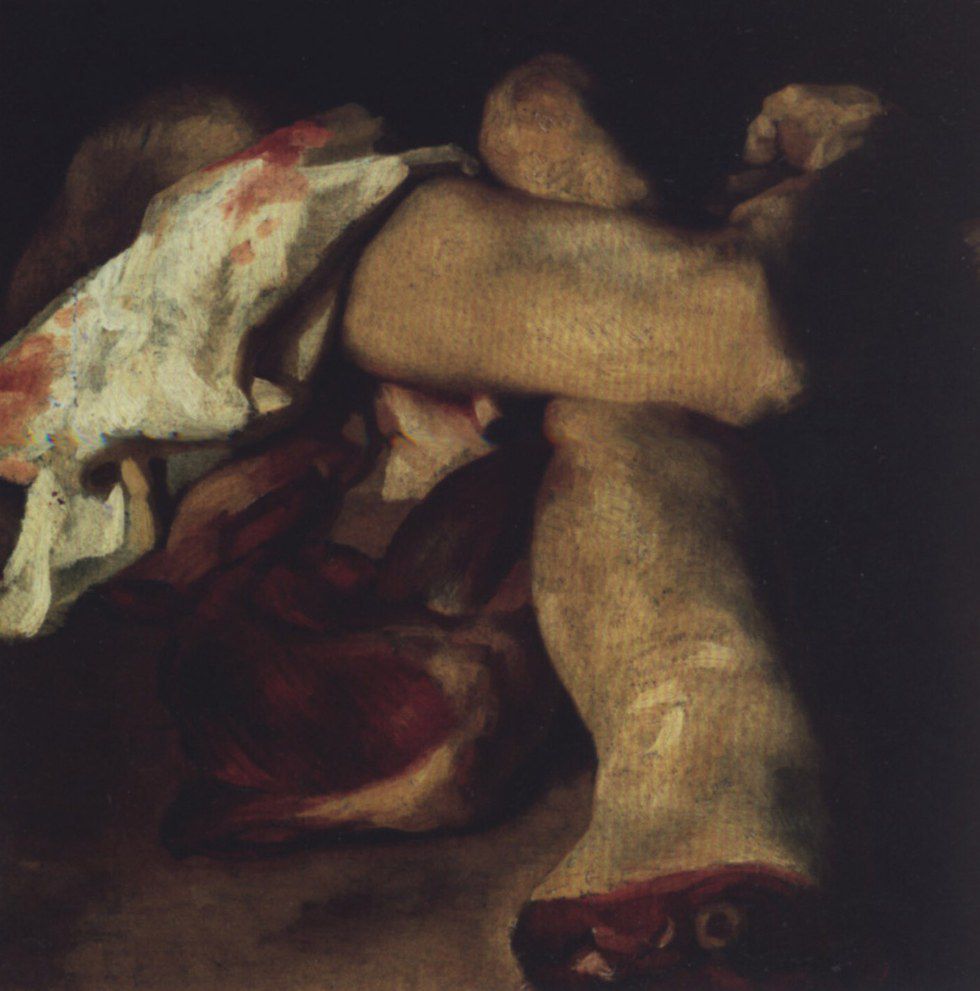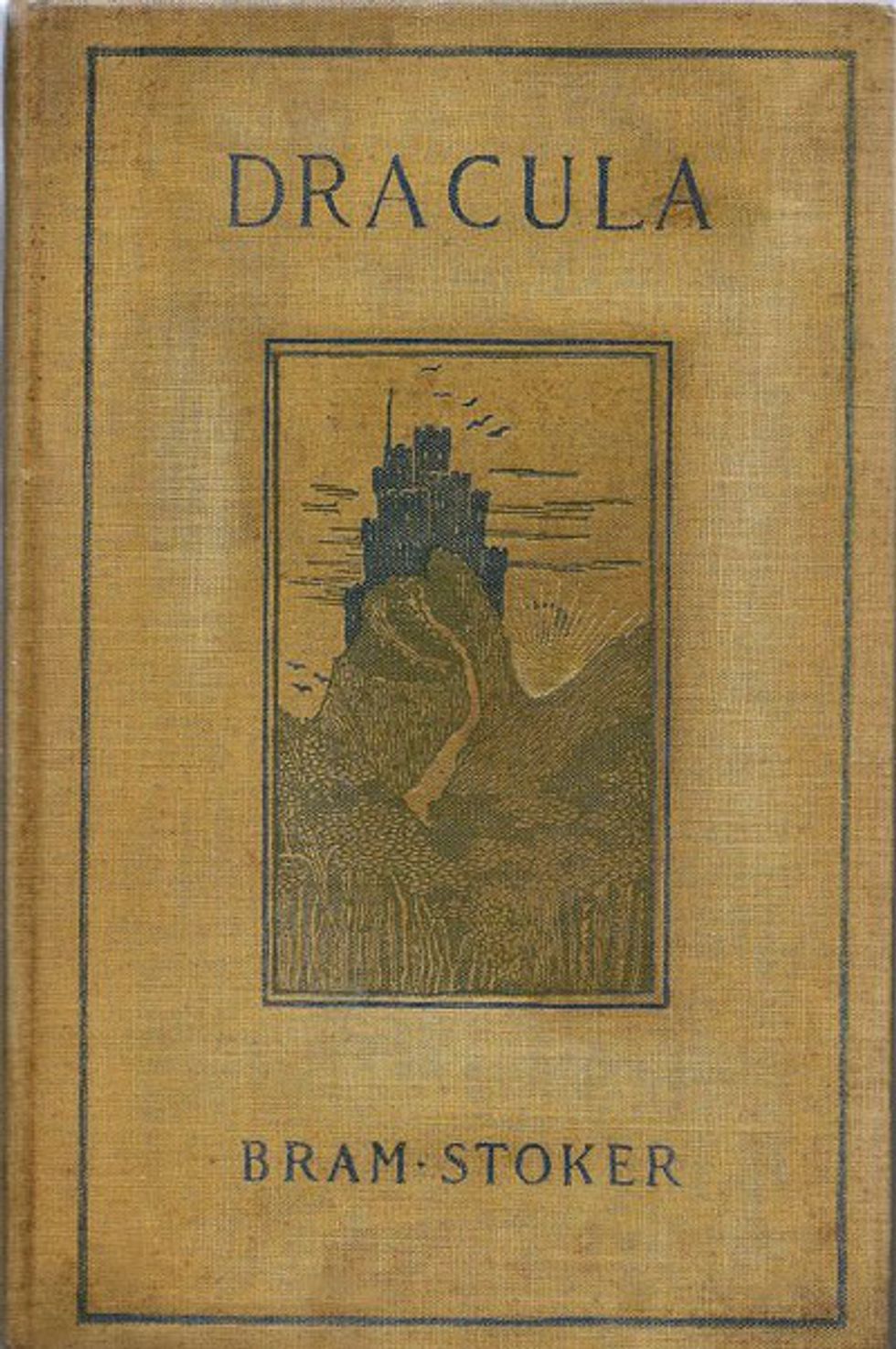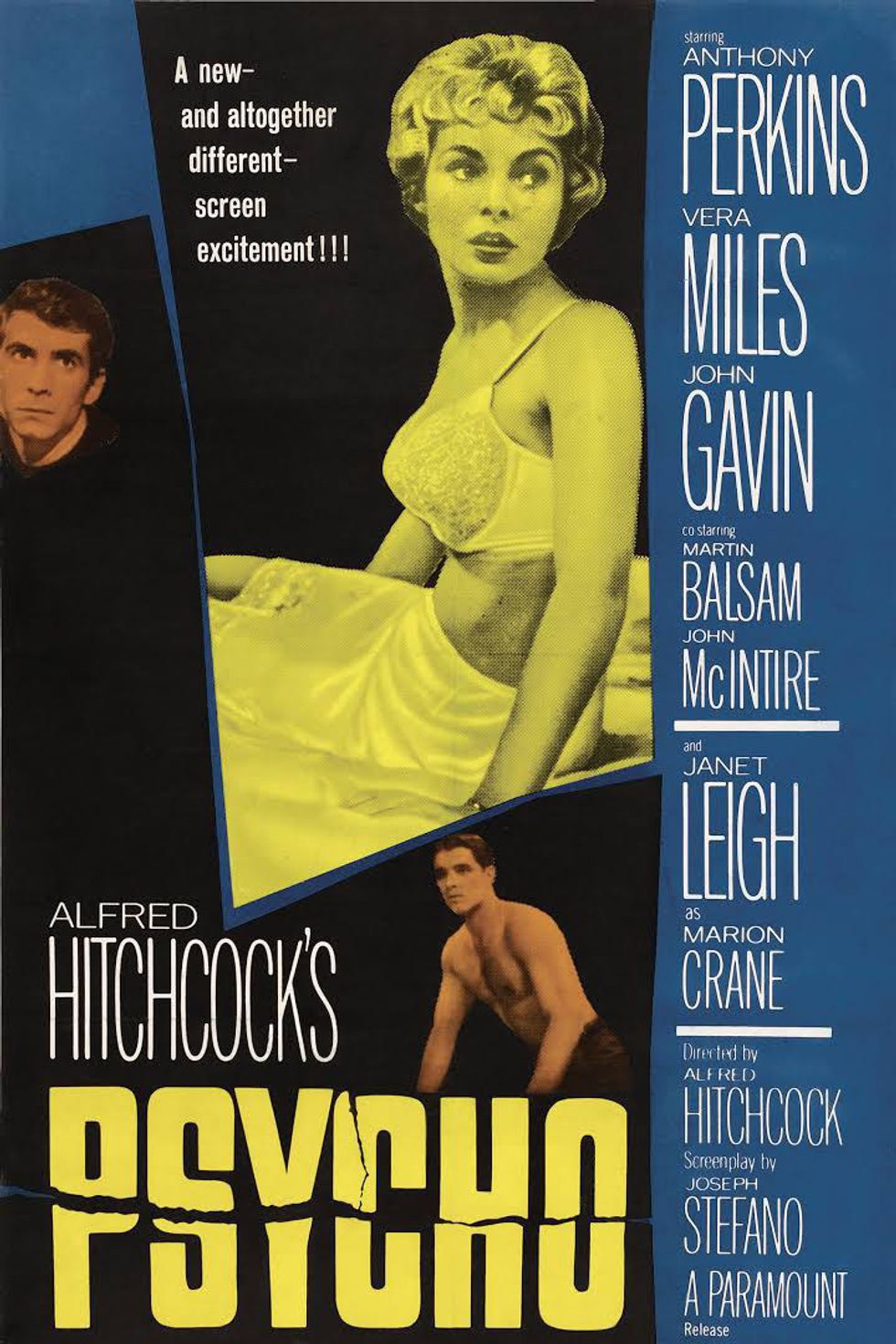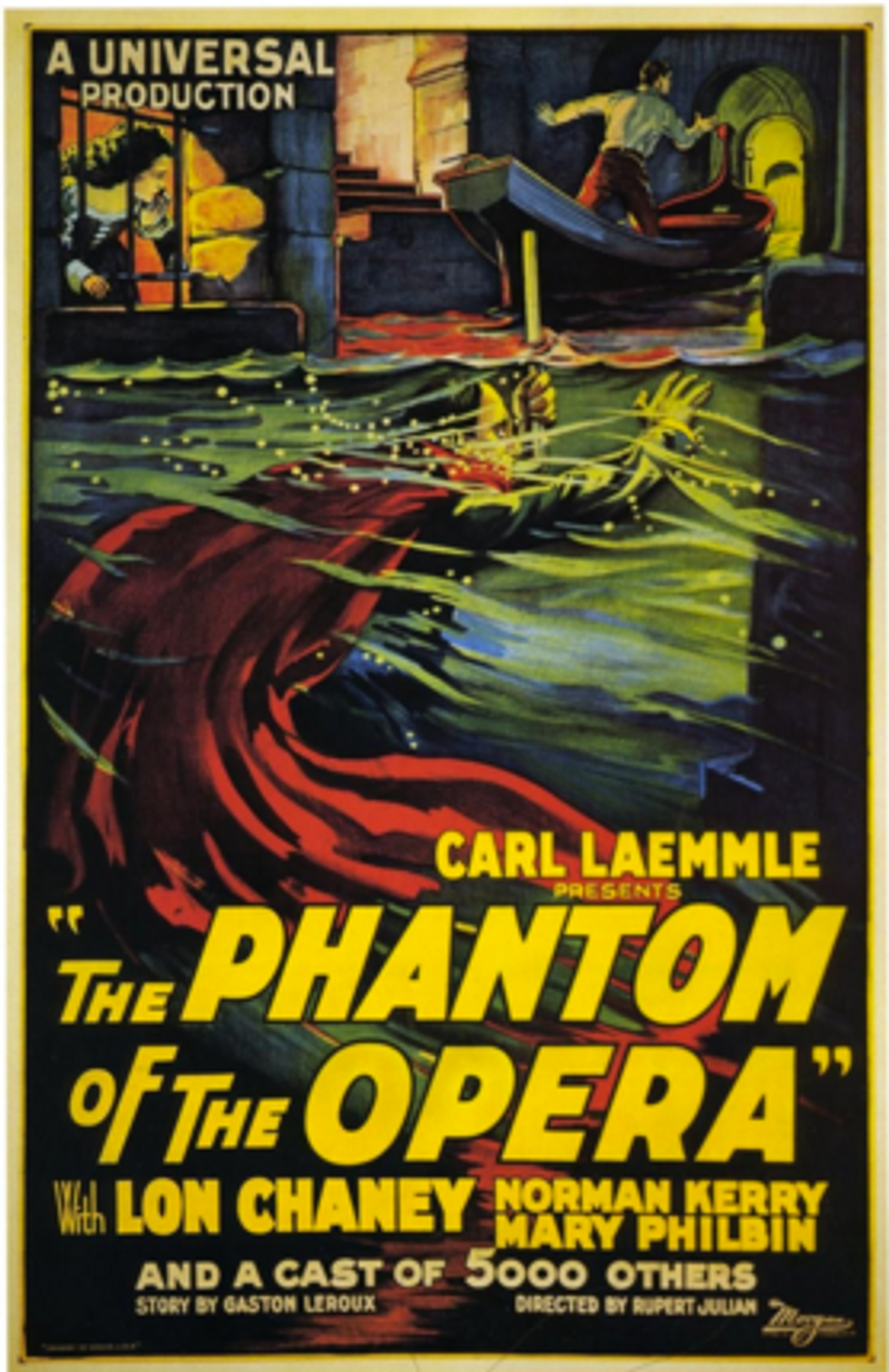Six. I was six-years-old, on the eleventh day of September of 2001. I cannot remember my first steps, my first word, my third Halloween, nor where my mother handmade my angelic fairy costume; and I, also, cannot recall life, free from the existence of the terrorist attack commonly referred to as 9/11.
Fifteen years later, bodies flail through the air as if they are thin sheets of copy paper, landing upon building rooftops like raindrops. My mother, who was 35-years-old the day of 9/11, mirrors the image shown on the television screen, as she jerks and cringes. As a millennial, I sit and view the historical material, without reaction. Am I heartless?, I pondered, Am I thoughtless? I realized, No. I am desensitized. But, why? The world has harbored horror since its conception.
1819: Thomas Gericault’s Anatomical Pieces
1881: Folk Song Ring a Ring o’ Roses
Common British version:
Ring-a-ring o' roses,
A pocketful of posies,
A-tishoo! A-tishoo!
We all fall down.
Common American version:
Ring-a-round the rosie,
A pocketful of posies,
Ashes! Ashes!
We all fall down.
1897: Bram Stoker’s Dracula
1960: Alfred Hitchcock’s Psycho
1986: Andrew Lloyd Webber’s Phantom of the Opera
When one thinks of “horror”, thoughts of the above come to mind: works of art. While the world experienced unthinkable terrors, prior to 9/11, they were only depicted by art. When thinking of slavery, one may relate to William Blake’s graphic depictions of hangings; one may resonate with Scratch One Flattop, painted by Stan Stokes, in relation to Pearl Harbor; Sudeep Pagedar may bring thoughts of the Holocaust to a reader, through poetry. However, when 9/11 comes to mind, there those flailing bodies flash across the screen, again. Over and over. With all of the tragic and disturbing art above, why is 9/11 still so invasive to the mind’s of non-millennials, and yet, simply a piece of who millennials are? It is so subtle, and oddly, so obvious: Because, this is the first time that live images produced life, imitating art.























